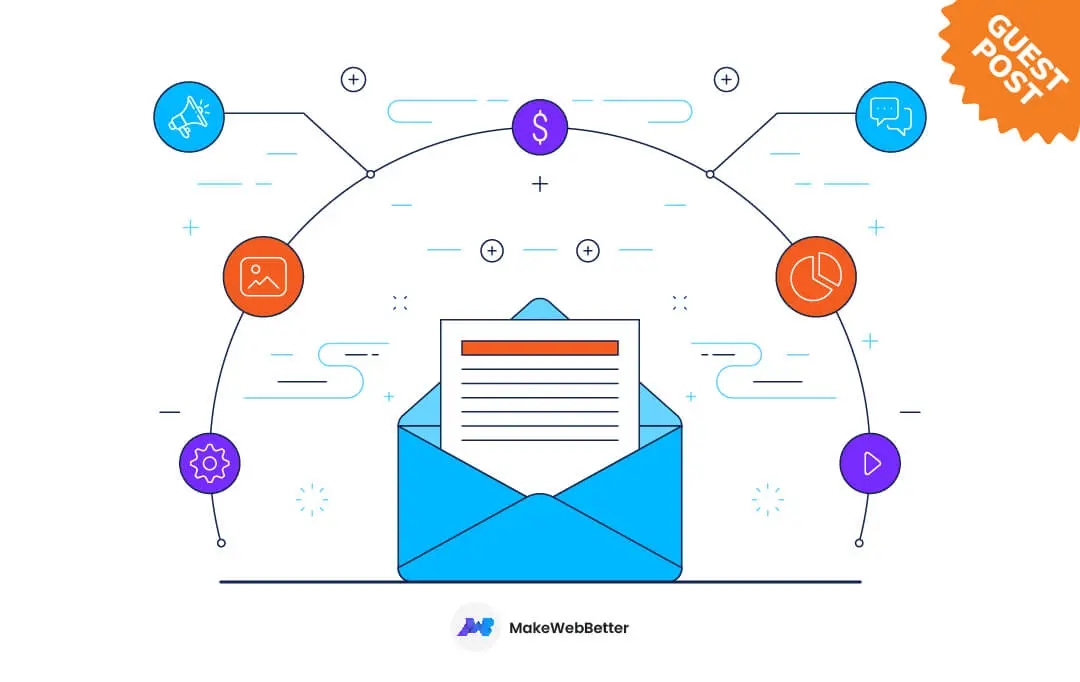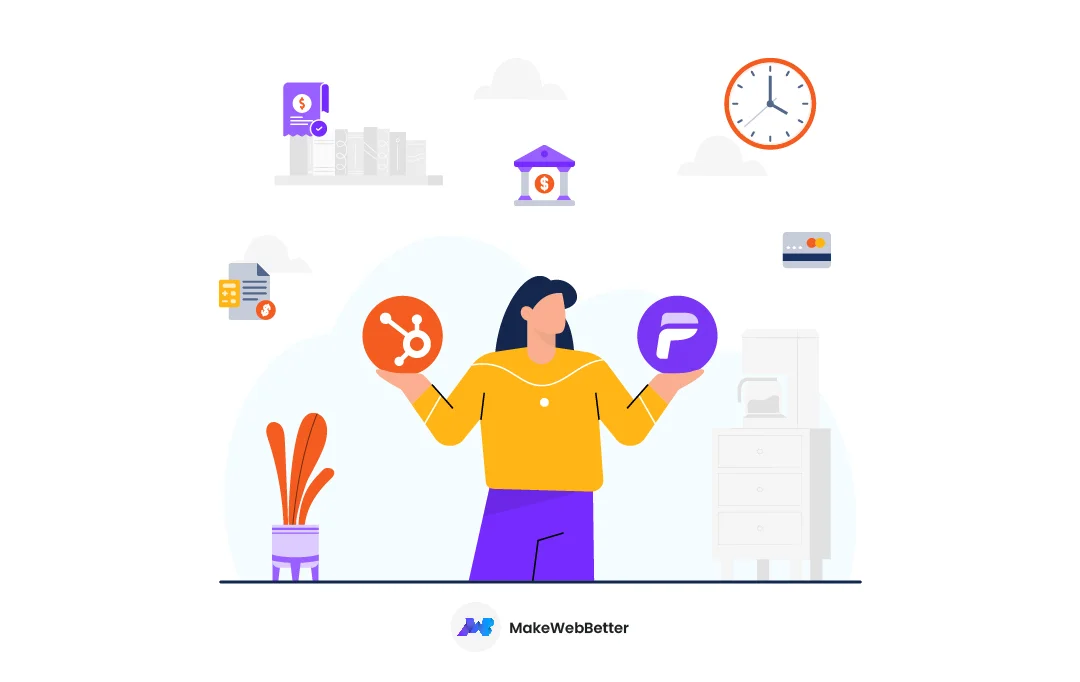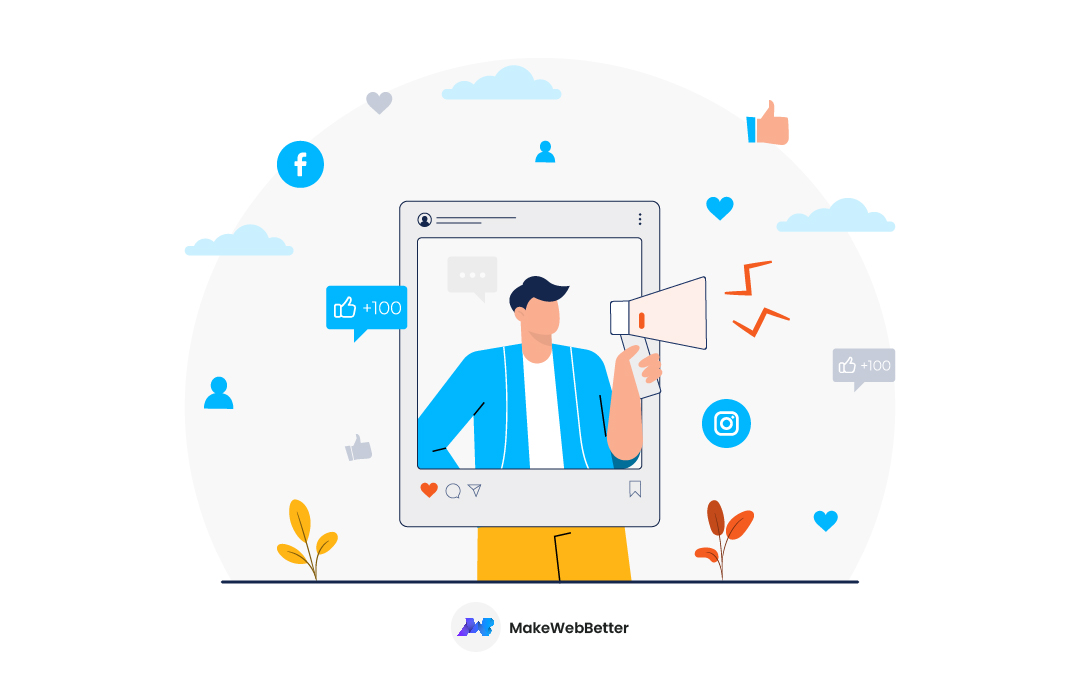The Indian direct-to-consumer (D2C) market is booming.
According to a Statista report, the market size was forecasted at 12 billion U.S. dollars for the financial year 2022. As a D2C brand, you have the edge over your traditional counterparts as you sell products directly to customers without any meddling middlemen. This approach helps you cut costs and offer products at competitive prices without additional markup fees.
However, this strategy comes with its own set of challenges. Since there are few to no physical stores, it can be difficult to establish brand recognition and customer loyalty. You have to rely heavily on the power of marketing efforts for customers to find you. This is where email marketing comes to play.
How effective is email marketing? Well, for every dollar spent, email marketing gives an ROI of $36. Unsurprisingly, 69% of marketers use email marketing as one of their primary channels to distribute content. Email remains one of the most effective ways to grow your D2C customer base.
In this article, we’ll examine the most successful email marketing strategies for D2C brands so that you can build a great community of customers and keep them engaged while driving sales.
Strategy #1 Craft content that’s to-the-point, compelling, and memorable
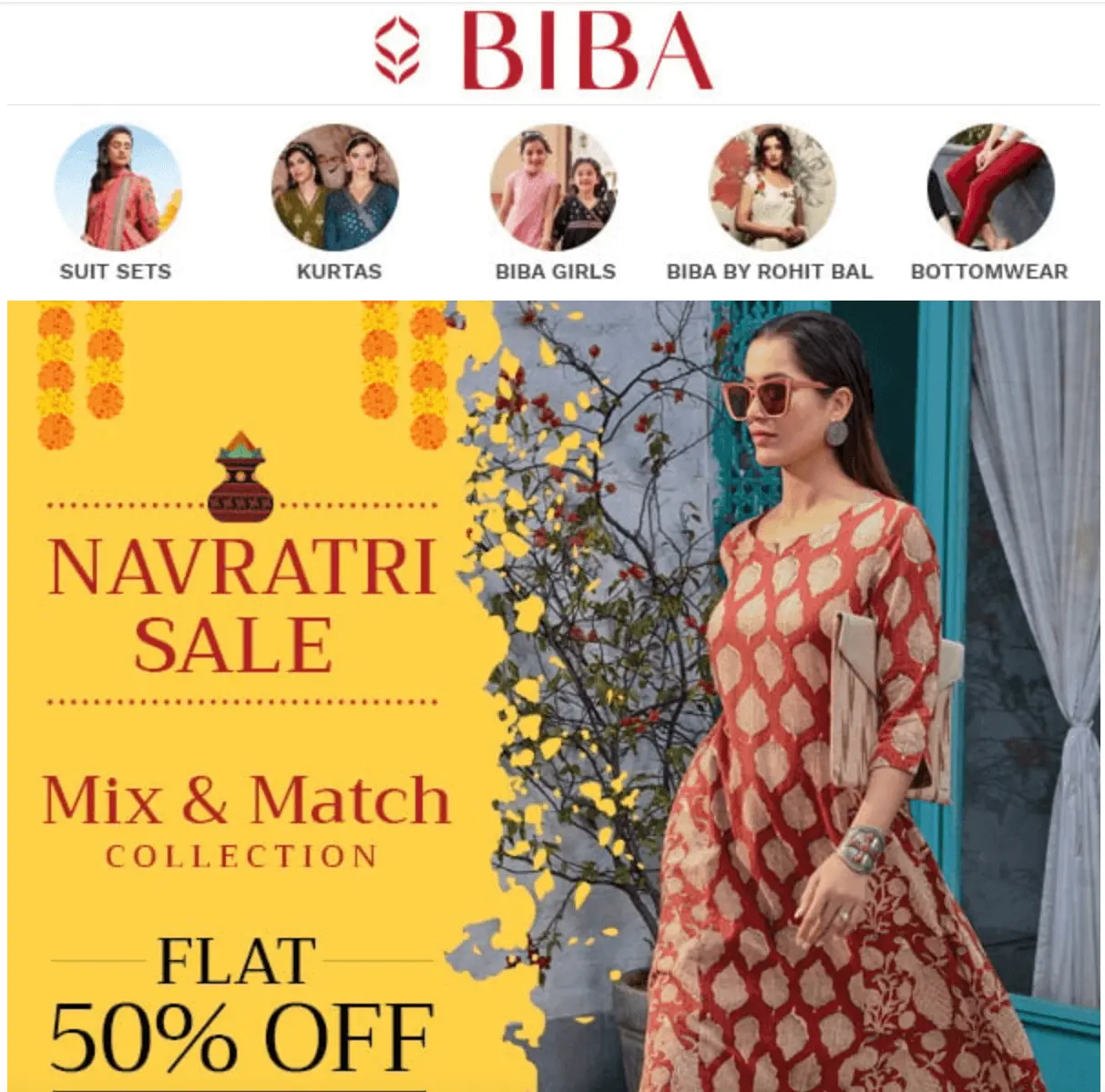
The content of your email decides whether your customers will take the intended action. Thus, your content must be persuasive and engaging. There needs to be more room for mistakes here. Take these three pillars into account when crafting content for your D2C brand.
- Powerful and action words.
- Vibrant and attractive images.
- An irresistible CTA that naturally follows your content.
Take inspiration from the vibrant email copy by the fashion brand Biba. Not only does the document match the happy and colorful tone of the Navratri festivities, but every word is well-chosen to tell you precisely what you’ll get and why you should do your Navratri shopping from Biba as soon as possible.
Remember, your brand persona is critical to establishing lasting customer relationships. Consistency in brand voice and tone across all platforms, including email content, is crucial. For instance, the pet food and accessory brand Heads Up For Tails (HUFT) uses a playful and fun voice to appeal to pet owners’ emotions and connect with them.
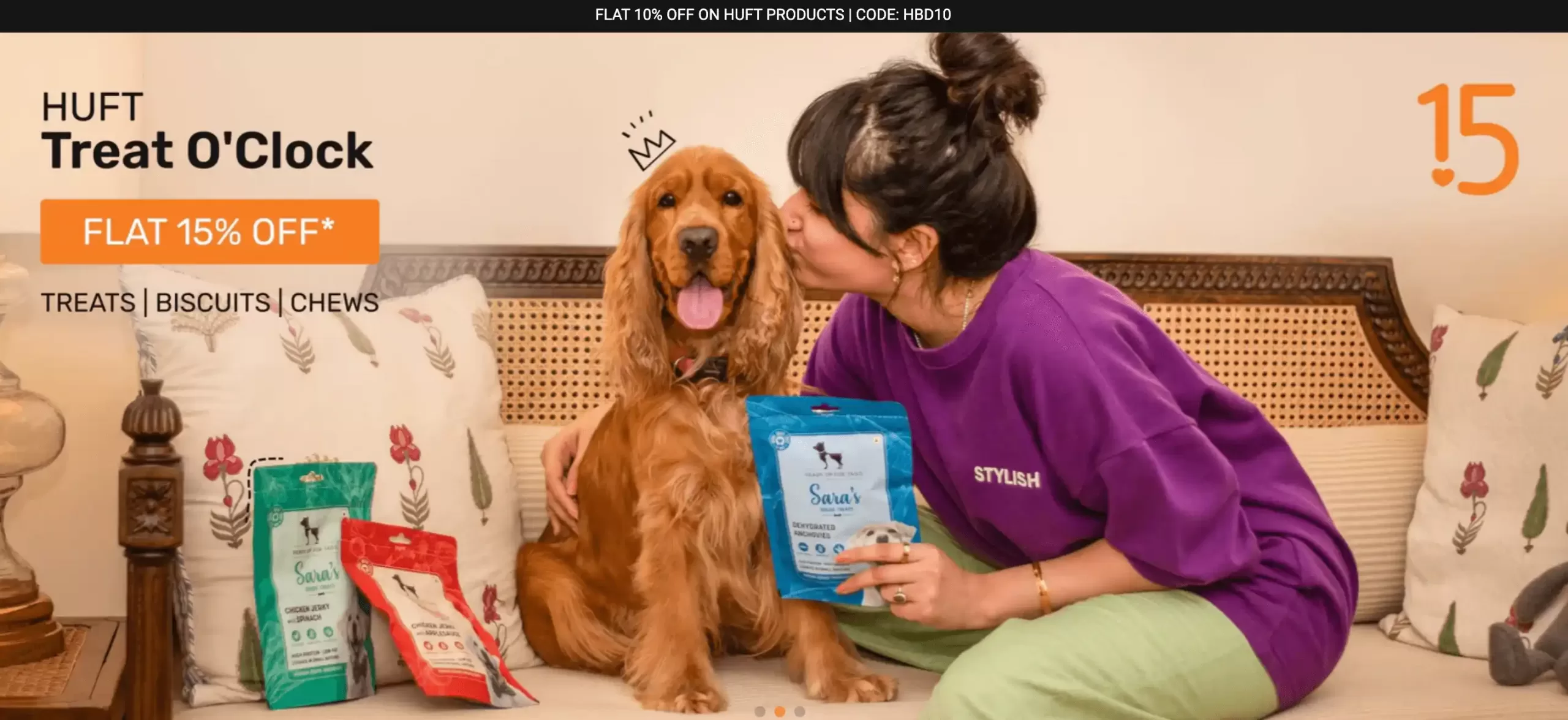
Strategy #2 Create attention-grabbing subject lines
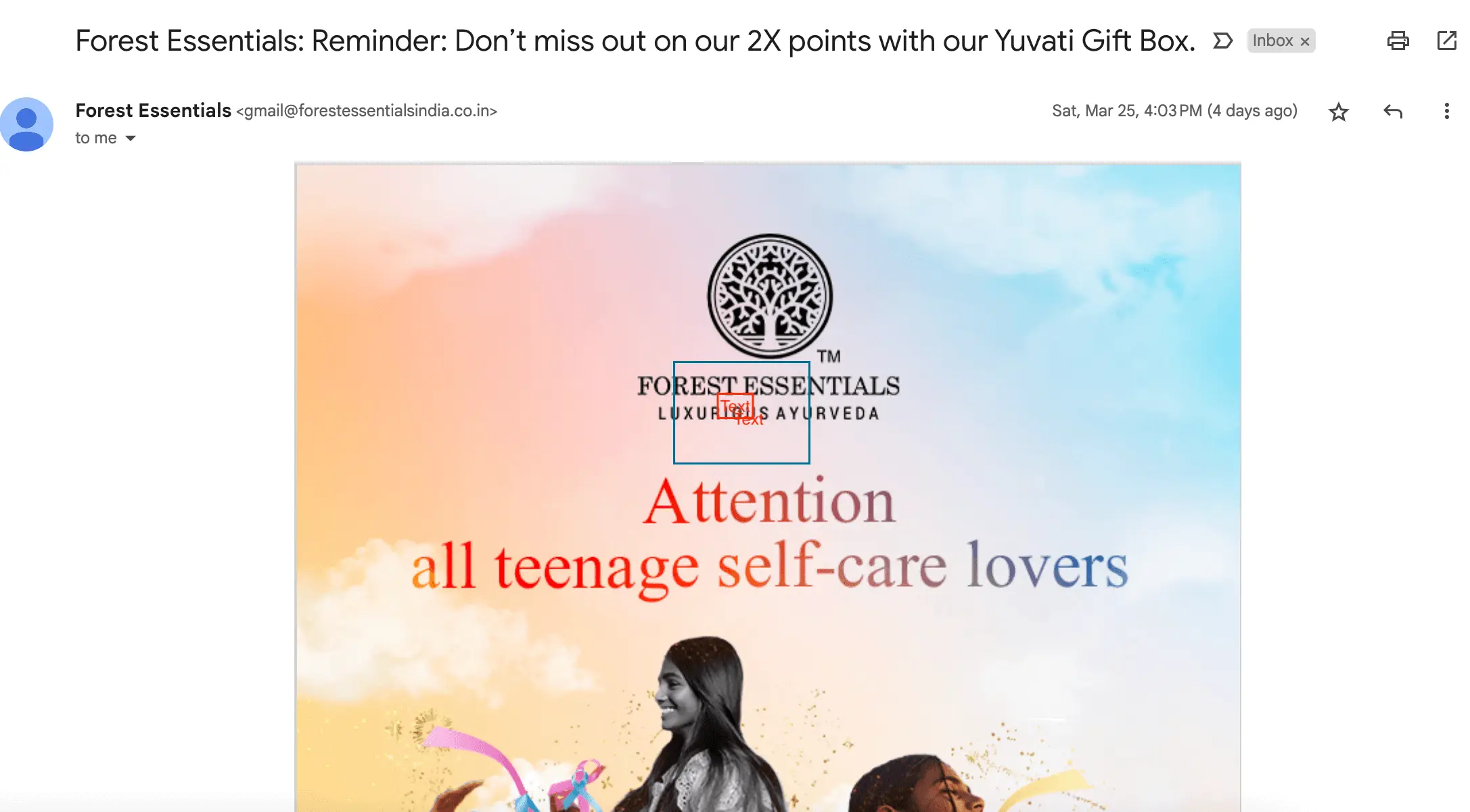
The subject line of an email is crucial in capturing the recipient’s attention and encouraging them to open it. It is the first thing they see, along with the sender’s name. A well-crafted subject line can make all the difference by increasing your email’s open rate by almost 50%, Oberlo says.
Research suggests that successful subject lines are concise and offer a clear benefit to the customer, using humor, curiosity, or a direct approach.
Another critical factor to consider is the email preheader, which can be another valuable tool to entice recipients. A preheader summarizes the email’s content and appears immediately after the subject line in the inbox, providing a brief yet compelling glimpse of what the email contains.
Strategy #3 Design emails that cannot be ignored
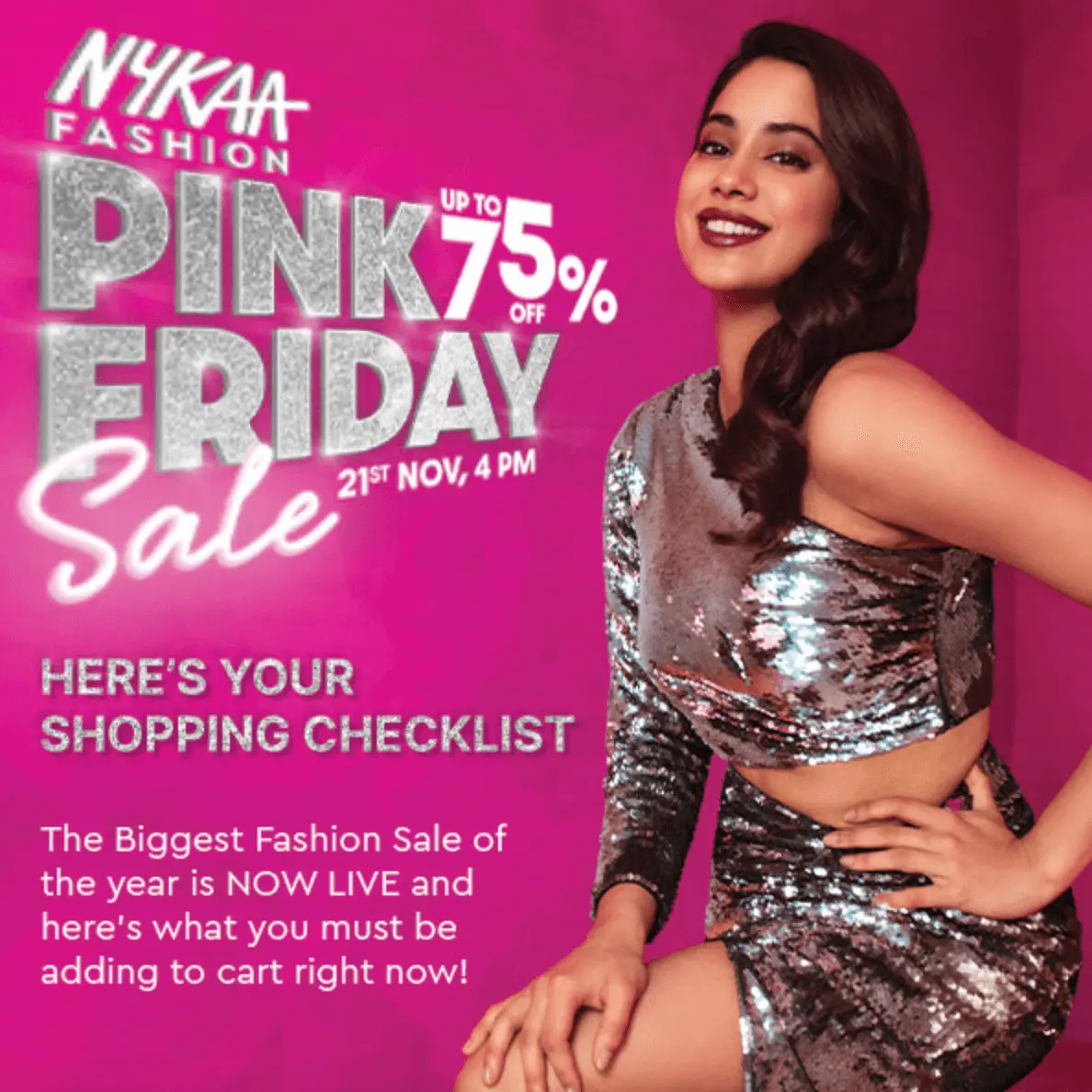
A wise marketer, Billy Shall once said, “The money is in the list.”
This implies that the length of your email list directly affects your marketing success. However, the relationship is more complex. You don’t want an extensive list of inactive subscribers. Instead, you want readers to be actively engaged with your brand, eventually leading to sales. Visuals are among the most popular and influential ways to capture attention and build engagement in today’s ultra-competitive digital landscape.
So, how do you create an email design that captures the essence of your D2C brand? It could be visually stunning, with eye-catching images and a color scheme that reflects your brand’s personality.
Take inspiration from Nykaa Fashion’s email. An actress in a shimmery dress and a striking pink background will catch the eye of fashion enthusiasts. But the visual appeal continues beyond there. Once the brand has captured your attention with visuals, it announces its grand sale with up to 75% discounts.
Strategy #4 Tell an unforgettable brand story
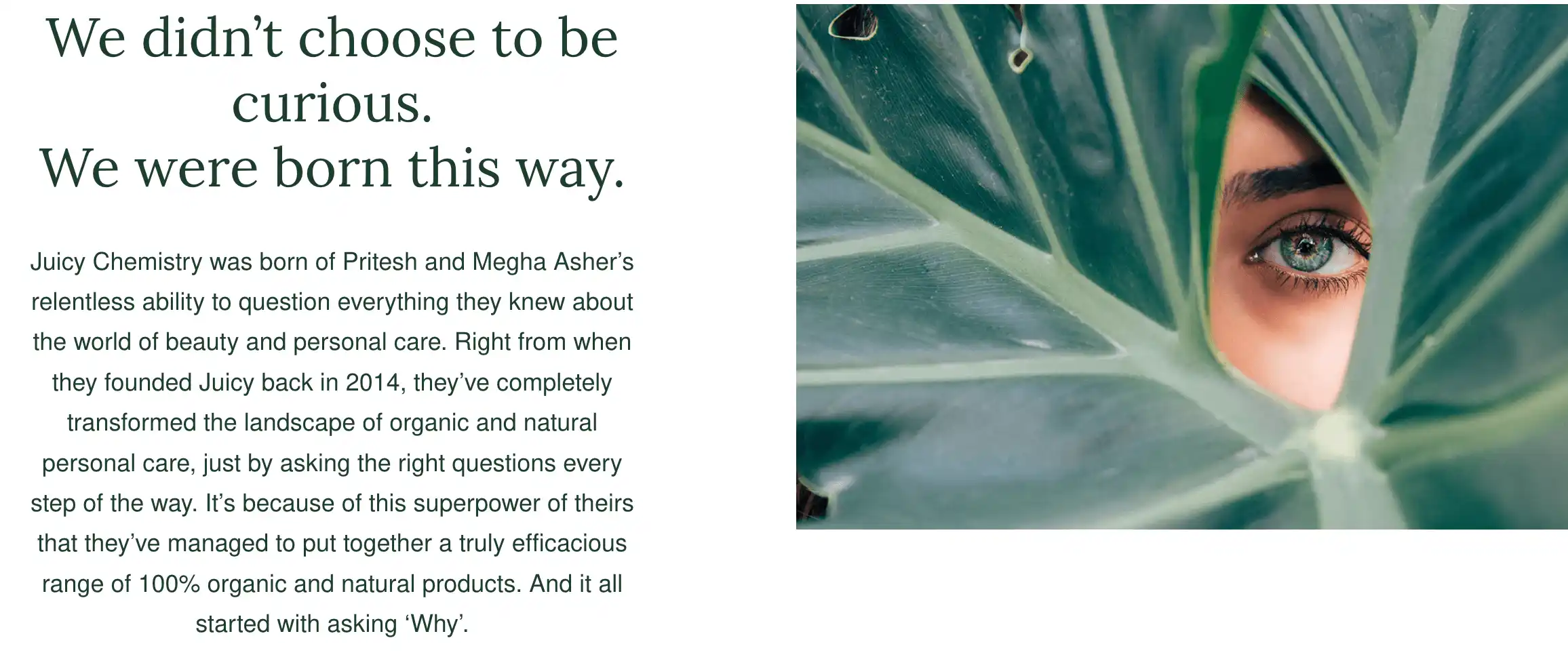
A compelling brand story can effectively communicate your brand’s values, mission, and purpose to your target audience. The brand story also helps your brand stand out from the competition and capture attention.
Most D2C brands rely heavily on social media and digital marketing channels to reach their target audience. A strong brand story can help you develop consistent, shareable, and emotionally resonant content across platforms.
Your brand story and the values behind it should guide your email marketing campaign. This will help drive more engagement and organic reach.
The founders of Warby Parker started the company after one of them lost their glasses and couldn’t afford to replace them. The brand’s mission is to offer stylish, high-quality eyewear at an affordable price point while also giving back to the community through various charitable initiatives.
Your brand story should align with all the messages you send your customers. Look at the origin story of Juicy Chemistry. The founders say that their habit of asking questions about what was sold as “organic” led them to create a 100% organic and natural brand. If you’re someone who likes organic products, you’ll be fascinated by a brand that is rooted in curiosity and in bringing honest products to its customers.
Strategy #5 Keep the intent in mind
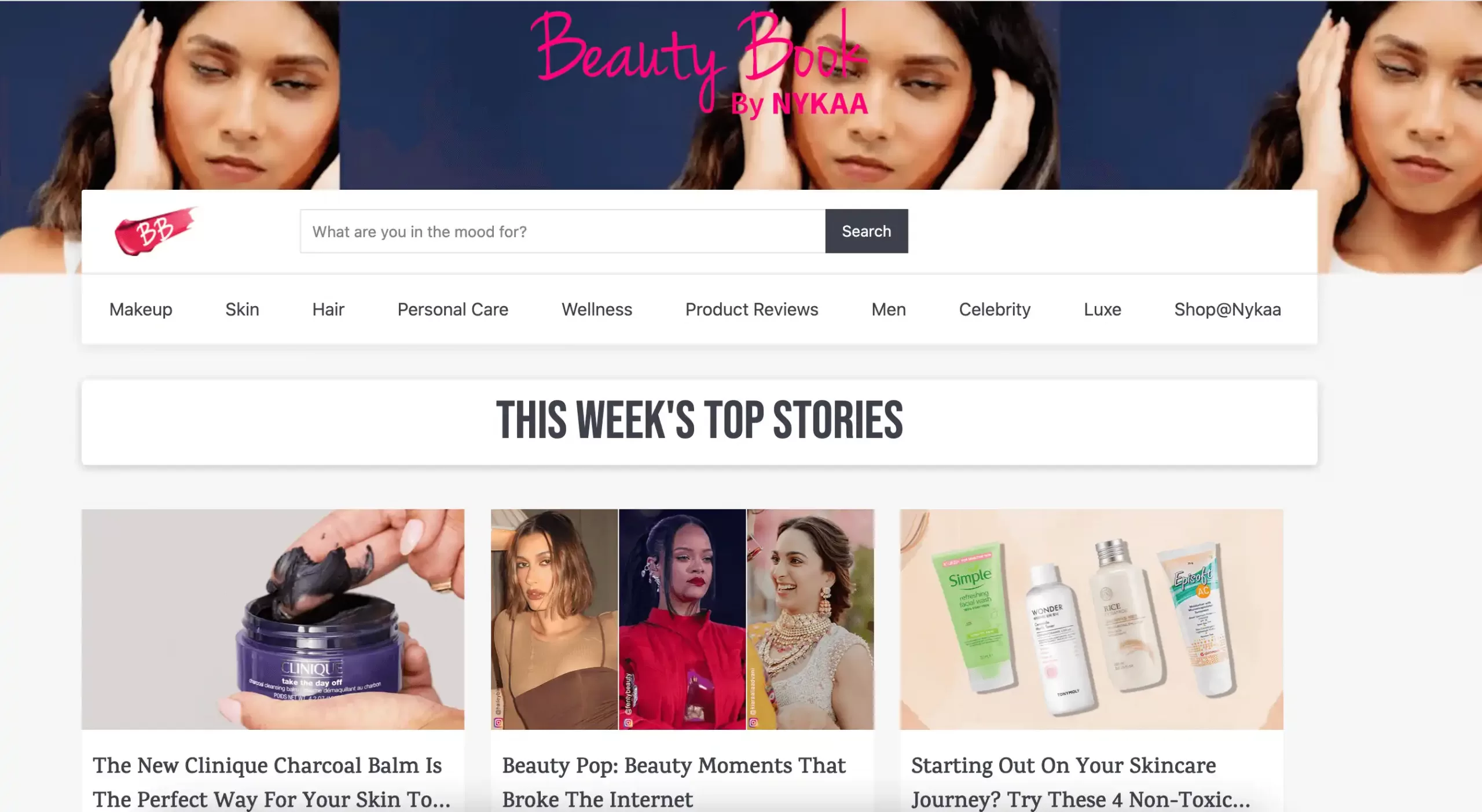
Before you start firing off emails to your subscribers, be clear about your intent. More than pushy marketing, D2C brands should focus on creating valuable content that helps its users and builds a community around the brand. Your email newsletters can include how-to guides, tutorials, and product demos that showcase the unique benefits of your brand.
Take a cue from Nykaa, an Indian beauty and makeup brand. They have a “Beauty Book” section on their website, where customers can share their beauty experiences, ask questions, and interact with other beauty enthusiasts. The brand also hosts virtual events and workshops with beauty experts, creating a community of passionate customers who share their love for beauty and fashion. They send email subscribers content and inspiration to foster that sense of community.
Strategy #6 Gather testimonials and display them prominently
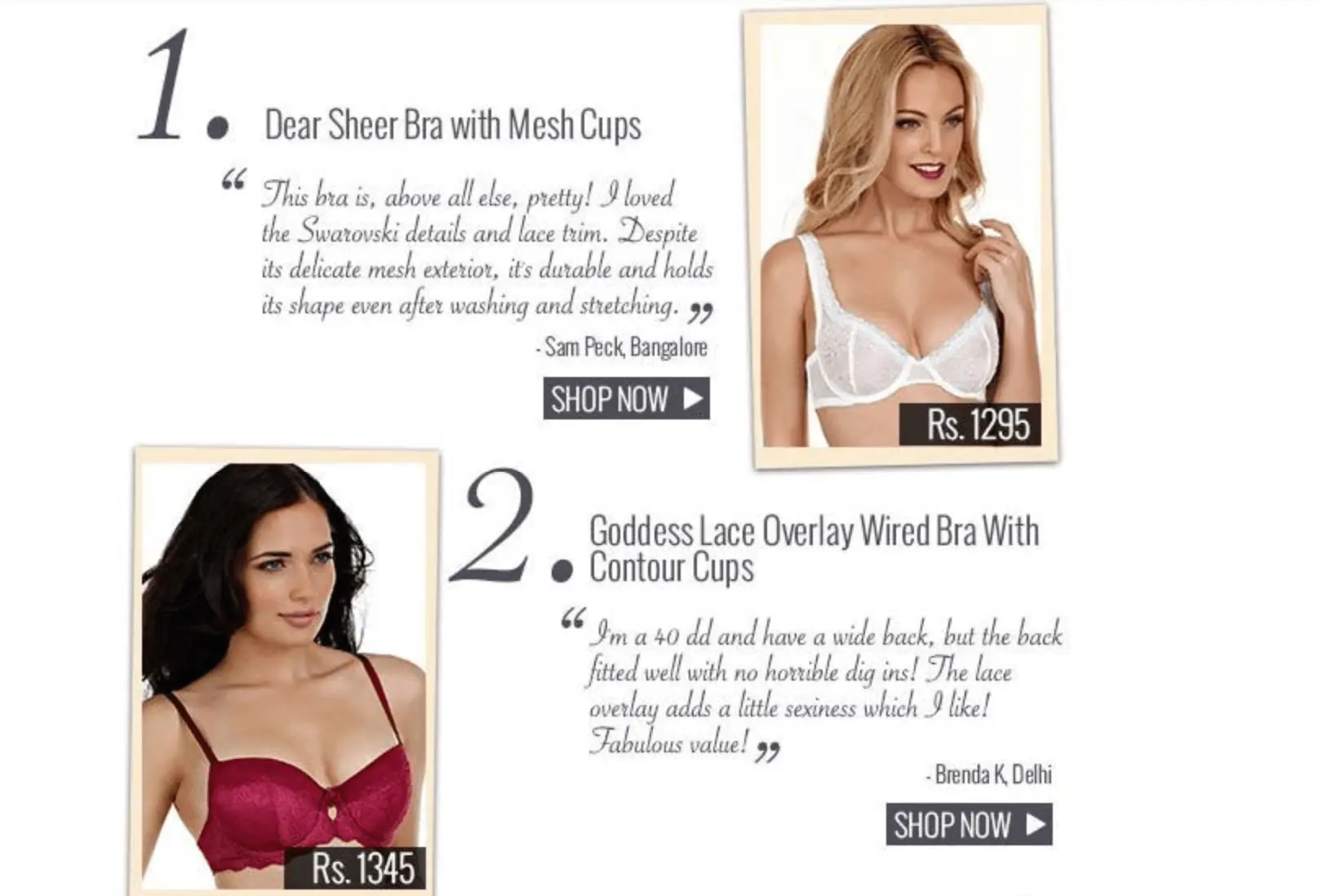
Testimonials provide a glimpse into the real-life experiences of happy customers, making them an incredibly powerful tool. But why are they so effective? Well, because they provide social proof from real people, which is essential in building trust and credibility with customers. Do you remember the last time you bought something online without reading some reviews? Exactly!
How can you use testimonials to your advantage? One way is by highlighting the success of existing customers and addressing the common questions raised by your target audience.
Testimonials can also be used to keep existing customers engaged and loyal. By featuring testimonials from long-term customers who have seen sustained results, you’re reminding your existing customer base why they fell in love with your brand in the first place.
Consider these testimonials from lifestyle brand, Zivame’s customers. The users give specific reasons why they loved some of the bras from Zivame. When customers see others sharing their positive experiences with a brand, it creates a ripple effect of trust and credibility, persuading them to try the brand.
Strategy #7: Personalize your email campaigns
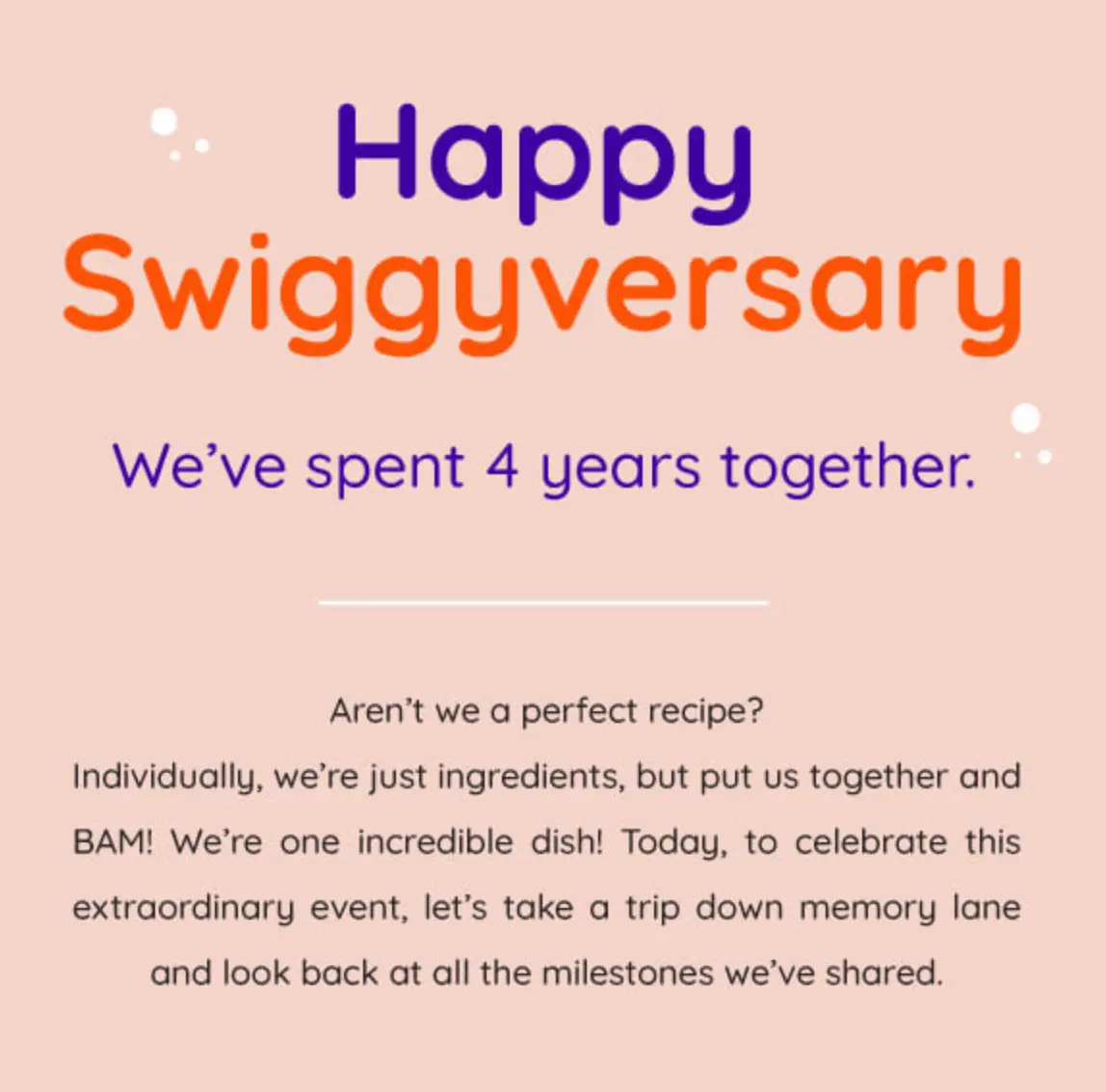
Personalization is like having a personal chat with each of your customers without even having to leave your desk. And since D2C brands have direct access to customer data, building a personalized campaign is easier than a Sunday morning.
Not only does personalization help build relationships with customers, but it also leads to improved customer experience, lower marketing costs, and higher conversion rates.
To personalize your emails, try these methods:
- Start by using basic information like their name, contact information, and demographic data.
- Use the buyer’s past purchase history and behavior trends to make recommendations for future purchases.
- Utilize AI and machine learning to predict the user’s future needs and send relevant emails.
- Send emails on special occasions, like birthdays and anniversaries.
But the key to successful personalization is to keep it focused on one customer persona. Don’t try to be everything to everyone in a single email, or you’ll end up pleasing no one. For example, if you’re a skincare brand, your messaging for a younger customer should be different than your messaging for a more mature customer. A younger customer might be more interested in anti-acne products, while an older customer might look for anti-aging solutions. It’s all about speaking directly to the customer’s unique needs.
Consider the example from the food delivery app, Swiggy. It speaks to one specific buyer and talks about their culinary experiences with Swiggy over the last four years. This level of personalization is bound to strengthen the bond with the customer.
Strategy #8: Measure the metrics
As a D2C brand, it’s important to keep a check on the health of your email and marketing campaigns. Here are some metrics that might give you a good idea about the success rate of your campaigns.
- The number of emails sent per day helps you understand whether your email service provider or campaign management solution is effective in delivering the emails to your subscribers. Emails that aren’t getting delivered might lead to a high bounce rate. Hence, it’s essential to clean up your email list from time to time to prevent the bounce rate from shooting up.
- The email open rate implies the number of emails opened post-delivery. One way to get higher open rates is to create eye-catching subject lines.
- The clickthrough rate helps you understand how many subscribers clicked on your email CTA. This helps you understand whether your content was engaging enough for subscribers to click on the link provided.
- Email conversion rate is another crucial metric as it tells how many subscribers performed the desired action.
- Be wary of an alarmingly high unsubscribe rate, in which case you might need to revamp your email marketing strategies. There can be multiple reasons why your audiences unsubscribe, including–personalization or segmentation gone wrong, emails sent at an inappropriate time, or sending messages infrequently.
A/B testing is proven to be a powerful tool for measuring your email metrics. In fact, studies show that quality assurance, A/B testing, and spam testing can boost your ROI by over 28% when those insights are used in your email marketing campaigns.
Implementing A/B testing, you can experiment with different variations of your email campaigns and gain customer insight to craft engaging D2C emails.
Strategy #9 Make automation your new best friend
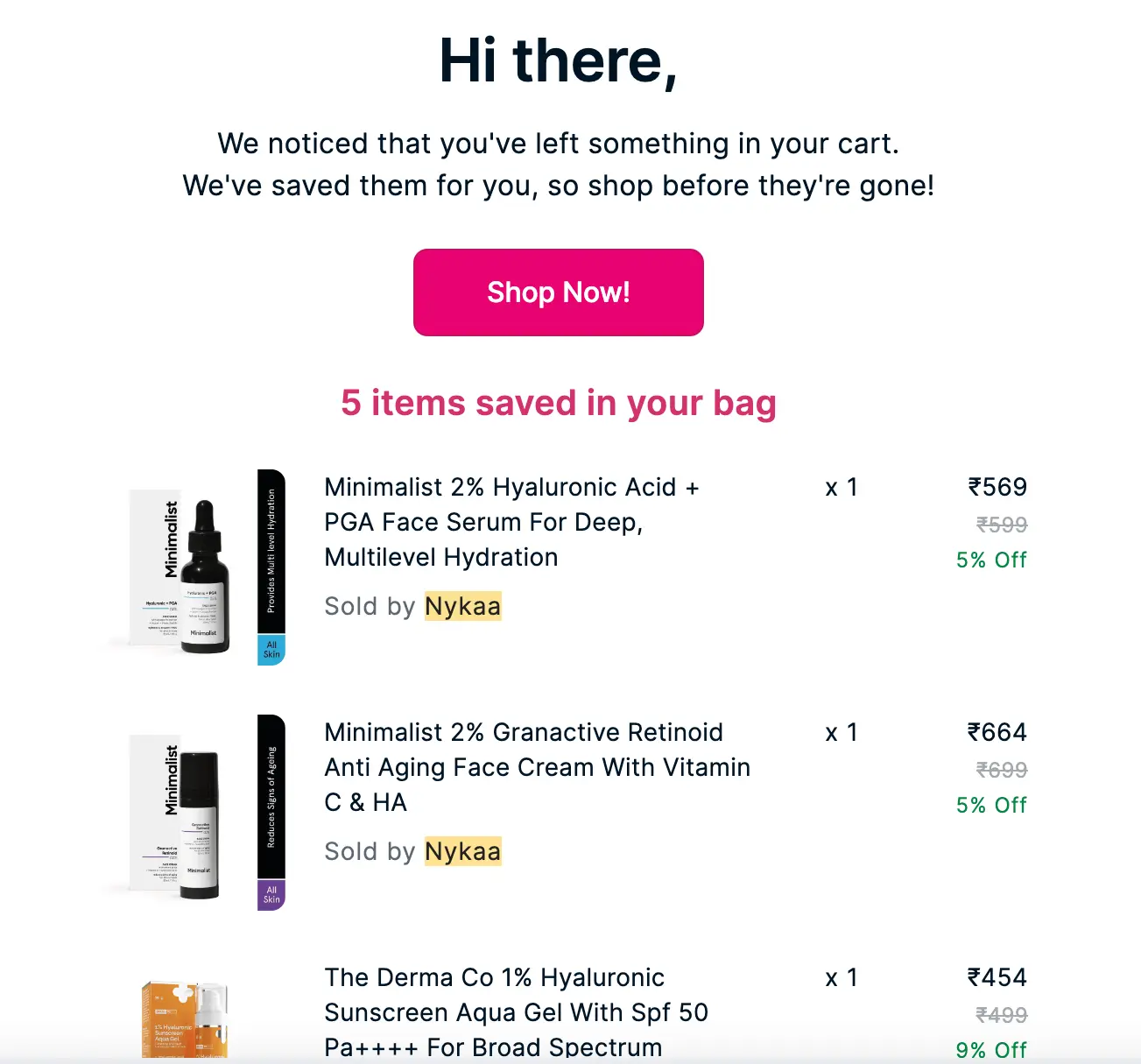
Imagine you’re a D2C brand with a massive email list. How do you manage to send personalized emails to each and every subscriber without losing your mind? That’s where email automation comes to your rescue.
With email automation, you can sit back and relax while your emails get sent out to subscribers automatically. You can trigger these automated emails based on specific customer events such as signups, purchases, abandoned carts, and customer service inquiries.
You can take your automation game to the next level by combining it with personalization. Some automated email campaigns could be:
- Welcome series to engage new subscribers.
- Abandonment series to encourage customers to complete a purchase.
- Loyalty series to reward and retain loyal customers.
- Win-back series to re-engage dormant customers.
The good news? According to Smart Insights, Triggered or automated emails are said to have click-through rates that can be up to 102% higher than non-triggered emails.
And with automation tools and software readily available, there’s no reason not to take advantage of them. The Journey Designer by WebEngage can help automate email drip campaigns for every stage of your customer’s journey.
Strategy #10: Provide a clear unsubscribe button

Having a visible and accessible unsubscribe button can actually build customer loyalty and strengthen their connection with your brand. On the other hand, not having one can lead to spam complaints, hurt your email deliverability, and damage your brand’s reputation.
By allowing recipients to opt out easily, you can focus on engaging with the people who are most interested in your content and selling proposition. This leads to a smaller, healthier list of qualified leads and fosters trust with your subscribers by showing them that you value their time and preferences.
Rather than hiding your unsubscribe button or cluttering it with legal jargon, offer subscribers the choice of what kind of email they would like to receive and how often they’d like to hear from you.
Final Thoughts
Email marketing is one of the most potent marketing strategies for your D2C brand to build customer engagement and drive conversions. Be careful of the balance between sending helpful content and salesy messaging.
With the right attitude, you can build a strong brand legacy and be known as a knowledgeable authority in your domain. Once this happens, conversions are a natural by-product. These ten email marketing strategies are specific to D2C companies, and we hope you can use them to build successful email marketing campaigns.

